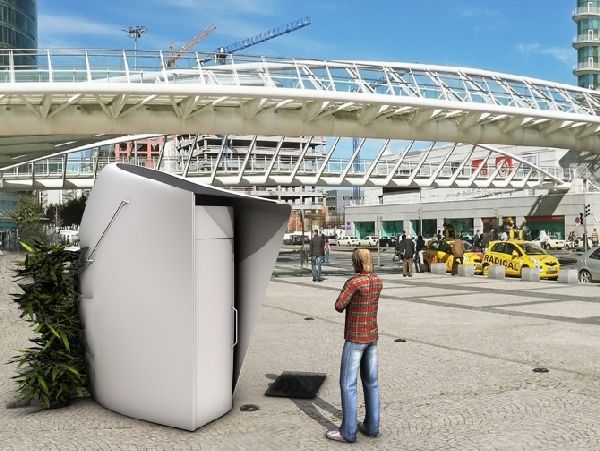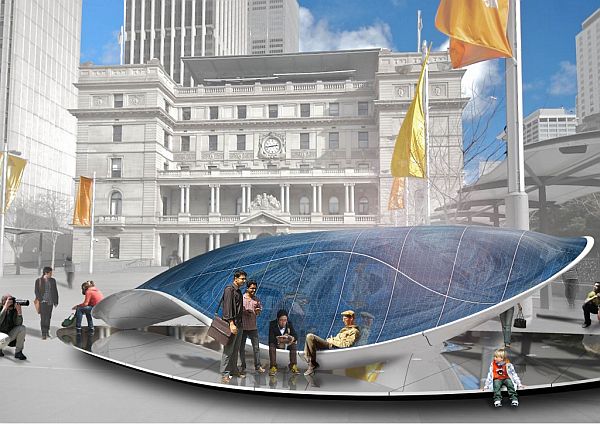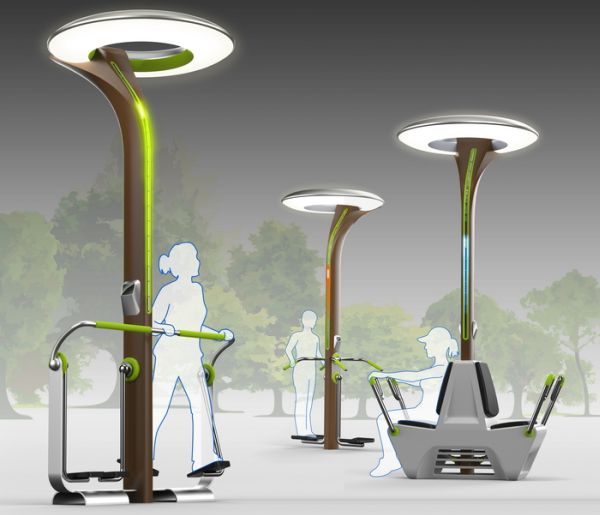Installing eco friendly composting toilets have picked up pace in the recent times. It is very crucial to spread knowledge about these new sanitation systems, especially when introducing for public use. Composting toilets have already been placed in certain public places that witness a scarcity of water.

Designed by Marta Visintin, this Public Compost Toilet collects human waste and converts it into fertilizer without polluting the ground water or surrounding water bodies. The tippy-tap toilet system has been designed to reduce the consumption of water while washing hands, allowing you to cleanse them by using just 80ml of water. One side of the toilet is used for urination and the other side is for solid excreta.
Human waste contains vitamins and minerals. For instance, urine makes an excellent nitrogen fertilizer for plants and crops. Urine is a viable fertilizer without worrying about of causing antibiotic resistance in crops. Urine is high in phosphorus levels, aside from nitrogen, helping plants grow and develop.
Growers can apply urine to their growing vegetables once a week for a minimum of two months to double the yield. Urine in storage has a pH level of 9.0, which can be too basic. However, urine only increases the soil pH slightly because it buffers its basic effect. Adding urine might even be advantageous to soil pH because many soil types tend towards acidity.
Urine is collected in a plastic container placed on the other side of the solid waste collecting box. Human urine is rich in nitrogen, especially urea, which is a good fertilizing agent for plants. After diluting the urine with water in a proportion 1 to 4 or 1 to 8 it can be used as a nitrogenous fertilizer for plants. When feeding plants and crops with urine, a grower can use a solution of one part of urine to ten amounts of water. Also, applying urea fertilizer to the soil avoids the loss of the resulting gases.
The solid excreta is collected in a tin box and can be replaced with another similar box when it becomes full. The stool is left for a limited period for primary decomposition. After three weeks of composting the excreta, the box is taken and emptied into an earthen pit or a large composting container for secondary decomposition process. This container is now covered with a layer of leaves and is allowed to stay for another 4 to 7 months or more. After this period of time what is obtained is a manure which is excellent for replenishing soil fertility.
While many people are still hesitant about using human excreta as fertilizer, composting toilets help increase awareness about other possible fertilizer options that future generations can use using modern technology for such innovative inventions.
Takeaway
With the increasing cost of fertilizer, innovative ideas are welcome to save money and use available materials to help preserve the environment. The concept of a toilet that converts human waste into fertilizer is an innovative solution.
Via: Cargo Collective




